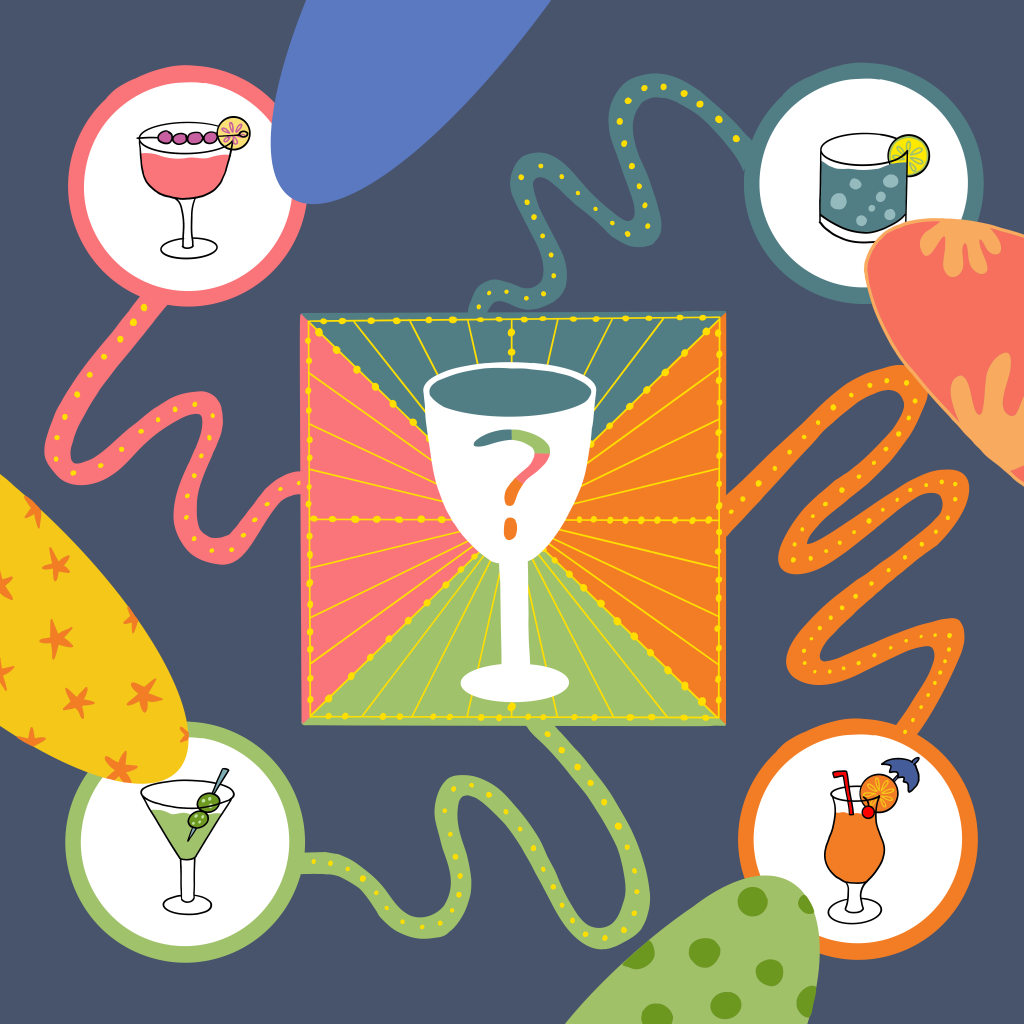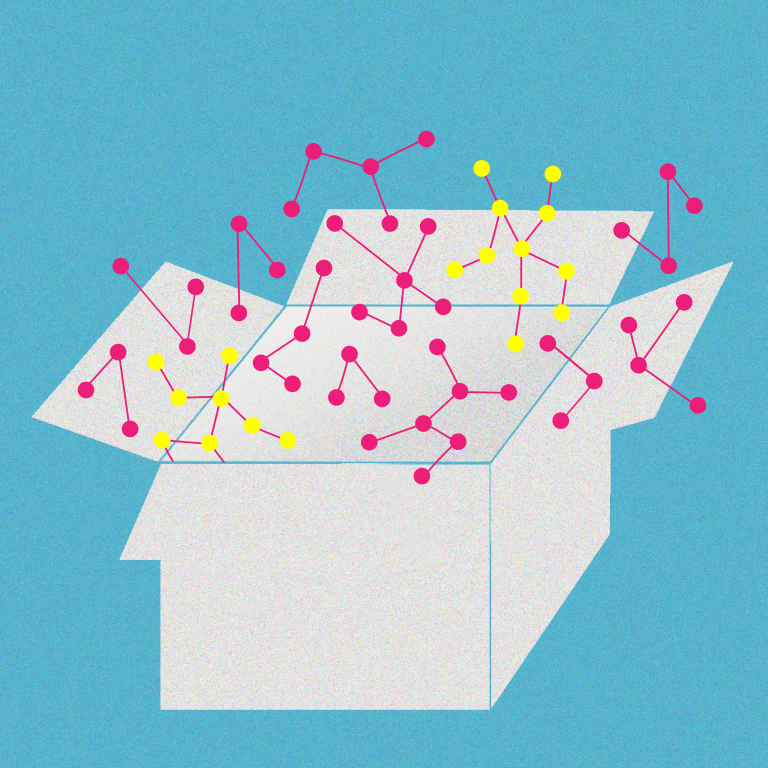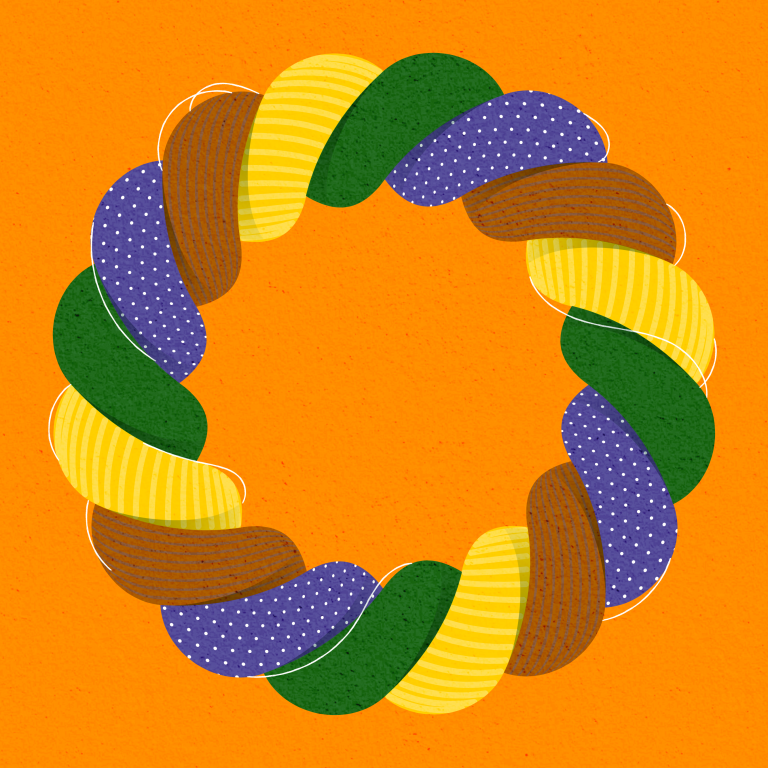Introduction
“We shape our buildings; thereafter they shape us.” – Winston Churchill
Every day, people go to spaces shaped and curated by builders. The process is intentionally designed, built, iterated upon, and crystallized into existence, oftentimes across many months of project management. This could range from a physical space (gallery created by an architect), a psychological space (movie created by a director), or an emotional space (home created by a family).
However, there’s not very many places that invite the passerby to modify the environment substantially, especially in a way that influences the experiences of other patrons.
At DAL, we are exploring the interactive area between humans and space, be it physical or digital. Space isn’t empty — it is full of liminality and potential. Space is a stratum, a kind of interaction exchange area, that people pass through, which has the capacity to evolve based on its constituents. While we might not realize it, there’s a dual diffusion effect: we create the space, and the space then creates us. In our experimental designs at DAL, we are increasing the viscosity of this stratum, surfacing various interaction points and allowing them to be more visceral and obvious. In one of our lived environments, Crypto Cafe & Bar, we are creating a collective sandbox that patrons can play in. Here, we intend for the area to essentially be a co-created world that guests can explore and help shape together.
In a recent event, we aimed to answer the question: can space reflect the dynamic preferences and values of the constituents that currently inhabit it?
Pilot Experiment
In March, we ran our first pilot experiment in inviting patrons to come change the space. This took on two different forms:
1. We hosted an online governance event in our Discord where community members were given a budget to design different aspects of a party: from music to food choice and activities. They could create proposals, vote on them, and pass them.
2. Additionally, we created an LED installation at the event to test out a participatory space interaction experiment; a patron-driven dynamic bar menu.
In creating a space that invited interaction and change to ripple across the environment, we designed our experiment to allow for dynamic governance to happen in a shared space. One of our main motivations was to allow visitors to test out the magic of governance (a large crypto ethos) and voting mechanisms in a physical space, without necessarily going through the technical elements of digital wallet UX.
We wanted to understand more about how our users and participants would think about governance, and to what extent they’d be excited to engage with it—data that will come in handy if we decide to turn Crypto Cafe & Bar into a DAO.
LED Installation: Experience Overview
The next step was to understand more about what levers of the bar environment would make sense to be changed by the patrons there. Since the schelling point, or the natural place of convergence, of a bar is at the place where customers order drinks, we designed our experiment around allowing the patrons to influence the drink menu. An overview of the experience was as follows:
Dynamic drink menu: On the bar’s menu, we listed a few standard drinks (beer, highball, wine), as well as a “special event drink” option. This special drink option would be one of the following four: Moscow Mule, China Blue, Tequila Sunrise, and Bloody Mary. The “active” drink option would be fully dependent on the preference of the patrons: they would vote on one of four options for the drink, and the highest voted drink option would be the one available to be ordered at the bar.
The question then became: how would the patrons and bartender know what “special drink” was “active” at any given point in time? To facilitate this, we created a lamp that changes color to reflect the most popular option. After a new vote, the lamp would tally up the number of votes that were submitted for each option, and reflect the winning candidate through the correct color.
Here’s an example scenario: if you entered into the bar, craving a China Blue, but the color of the lamp was green, then the bartender wouldn’t be able to serve that to you, because the green lamp color maps to “Moscow Mule” on the voting stack. To change the drink on the “special event menu,” from Moscow Mule to China Blue, you would have to find a way to change the lamp color to blue. In other words, you would have to convince enough people to vote so that the “blue” outnumbered the “green.”
How voting works: Each patron is given a near-field communication (NFC) chip when they enter the bar, as a “token” to participate in voting. If you use your token to vote for the blue option, China Blue, you add to the total number of votes in that category. Upon voting, there’s a chance that it may successfully change the lamp color. However, if it doesn’t, that means that another drink option still has a higher number of votes.
In that case, you either have to wait until more patrons enter the bar to vote for China Blue to overthrow the current drink winner, or if you could also go around the bar to “recruit” or “rally” people to shift their vote (each patron can only vote for each drink once at a time, but can update their vote to a new option, unlimited times).
We will cover this a bit later in the article, but what we noticed was that hosting this experiment, which included aspects of participation and space-state change, allowed for increased points of interaction between patrons. Being able to create an object of discussion, with room for opt-in and non-obligatory teamwork, allowed for more relationships to form organically, and chances for people to work together to change the existing reality into a different one.
Electronics Used
We connected various different devices to build this installation. An overview of the main electronics used includes:
- Raspberry Pi 4B: Small computer to run Python scripts. This enabled interactivity from the LED strip, voting mechanisms, and connection to the database where the participant votes were stored.
- Raspberry Pi 7-inch Touch Screen: Used to communicate to patrons the status of the program during the voting experience (waiting for vote, voting period open, updating to reflect highest voted option).
- PN532: NFC reader to allow for LF
- 4-byte Mifare NFC Chips: NFC chips used for voting [specs]
- 7-byte NTAG215 NFC Chips: NFC chips used for voting
- Arcade Buttons (x4): Interactive voting interface with patrons
- USB Zero-Delay Encoder: Wired the data input from the pressed arcade buttons to the Raspberry Pi
- 5V LED WS2812B: Addressable LEDs that allow for programs to change light color on the strip with data input
- Switching Power Supply (LRS-100-5): Powers the LEDs
- ESP32: Ancillary support / power converter
Creating the Installation

As the lead designer on this installation, the first component I focused on was creating a reliable NFC bridge that allowed the NFC chips to be read quickly and kick-start the voting experience. I tested a few different microcontrollers (Arduino Uno, ESP32, Raspberry Pi), different reader and chip combinations (NFC, RFID, Mifare vs NTAG2015 chips), as well as different protocols (UART, SPI, and I2C). After a lot of trial and error, I landed on using the Raspberry Pi and PN532 to create the bridge that worked most consistently among the permutations.
After validating the NFC chips, and authenticating them / adding them to the database, I created custom cut-outs of the NFC chips that featured our mascot, Puto-chan.
Upon entering the bar, each patron would receive this physical “token” to participate in voting. The authentication step would prevent other NFC chips that were not authenticated by us, to influence the outcomes of the drink voting experience.
Next I started adding arcade buttons, and wired them to a USB controller. I wrote a Python script for this section to test out the latency between user input (pressing a button), and when that data was received in the program.
On the software side, after flashing the Raspberry Pi, doing the initial configuration, and connecting via SSH, I started setting up the database infrastructure that would collect votes. I ended up using a simple Airtable to collect votes on authenticated NFC chips. This would be the database that the lamp would reference. After each interaction, the lamp counts the number of votes for each of the options, and then updates the color to reflect the color of the highest number of votes.
Once the software was complete, I wired up the LEDs to react to the arcade buttons.
And finally, I connected all the components (controller, LEDs, NFC functionality, and arcade buttons) in a working interactive prototype.
All that was left were finishing and aesthetic touches, including creating 3D-printed cases, designing a custom personal circuit board, editing messages on the Touch Screen to give users feedback during the experience, creating interesting patterns and celebrations on the LED, and a couple of more minor adjustments.
Since the buttons and wires looked flimsy on their own, I also took the opportunity to model and 3D-print a case for these buttons.
I also made a custom case for the NFC reader, Raspberry Pi and its associated Touch Screen, as well as custom-created designs for the lamp, specifically for Crypto Cafe & Bar:
Once the wire prototyping was over and we had a working MVP, I could then move on to creating a more final version of the PCB board in KiCad. By creating distinct electrical connections on the board, instead of using wires and a breadboard, the overall aesthetic of the final installation would look more clean and finished (instead of having stray wires exposed).
Final Thoughts and Conclusion
During the event, people were really engaged around the installation. After people started to figure out what was going on, we observed multiple instances of people working together to aggregate votes to catalyze a voting change: not only because they wanted a certain drink, but also because getting feedback on the lamp color change was delightful.
While we did initially expect the experience to change the interaction between people there, what was unexpected was the number of engaged people trying to rally people to change the vote. There were also jokesters trying to “rug” their friends by changing the drink again before someone got to order.
One of the specific interaction design choices was to allow people to update their votes an unlimited number of times. We thought that mapping each token to just one vote (i.e. after voting, the token would become invalid), would decrease the amount of consistent interaction across the course of the night. Given that updates for each person’s vote were allowed in this experiment, this allowed for more conversations and opportunities for negotiation, even between people that didn’t previously know each other at the event.
Another point of consideration for future experiments was to give people additional voting tokens for every drink they purchased. This would allow patrons who use the bar more, to dictate more of the environment surroundings.
Future Experiments
In the future I’d like to continue creating more of these interactive experiments: ones that have the capacity to influence more than just the drink menu, such as the music choice via a collective jukebox, lighting, and more variables that shape vibe.
It would be interesting to also explore governance inputs that have a more long-term impact on space, like having a permanent installation that takes inputs from Crypto Cafe & Bar members over the course of an entire month. With persistent changes that run over a longer term time horizon, this also allows the space to maintain a sense of continuity over time: more patrons will be exposed to the choices and preferences of the governing members, even if they are not present during the period of decision-making.
Michelle Huang is an Experience Architect at DAL. She is creative technologist and founder of Akiya Collective. (michellehuang42@gmail.com)
Illustration: Asuka Zoe Hayashi
Edits: Janine Liberty





